I went to Shenzhen's magic cave / cyber area 'Huaqiang North Road' where you can get all kinds of gadgets on the scale of 30 Akihabara such as smartphones, PCs and drones.

Akihabara is the number one cyber town in Japan, but the best cyber town in the world is ' Huaqiang North Road ' in Shenzhen, China. Boasting an incomparable scale such as Akihabara, the fascinating cyber area 'Huaqiang North Road' that continues to proliferate and evolve in an ongoing manner is a huge scale that does not apply to Japanese common sense at all, where you can get a glimpse of the latest trends in gadgets. It was a fascinating world of.
◆ From Hong Kong to Shenzhen
It's easy and straightforward to get from Hong Kong to Shenzhen, China by train. This time, I took the light blue 'Totetsu Line' in the route map below and got off at the northern end station 'Lo Wu' station, and tried to enter the border on foot.

This is the home of the Totetsu Line. From Hung Hom Station, the first train on the Totetsu Line, Luohu Station costs 37.5HKD (about 600 yen) for second-class seats (regular seats) and 75HKD (about 1200 yen) for first-class seats.
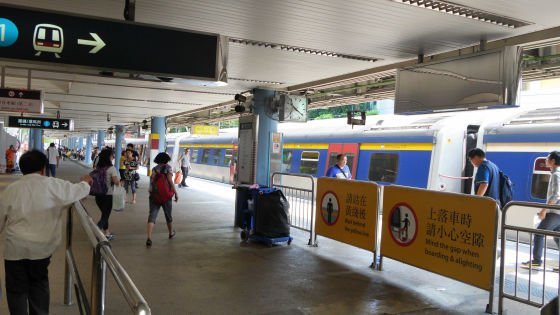
Hong Kong-Shenzhen routes are usually crowded.
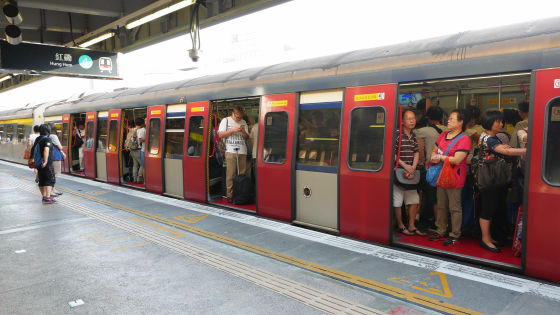
If you don't like being crowded, you can buy a ticket and go in the first class. However, there are only travelers in the 1st class seats, and if you want to fully enjoy the local atmosphere, we recommend the 2nd class seats, which are lively in the car with metal chairs.
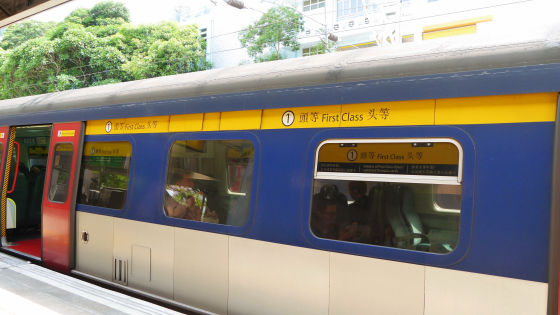
If you want to use the 'Octopus' card, which is a universal card that can be used on major trains, buses, and convenience stores in Hong Kong, to get on the first-class seats, you can pay with the ticket purchasing machine at your home.
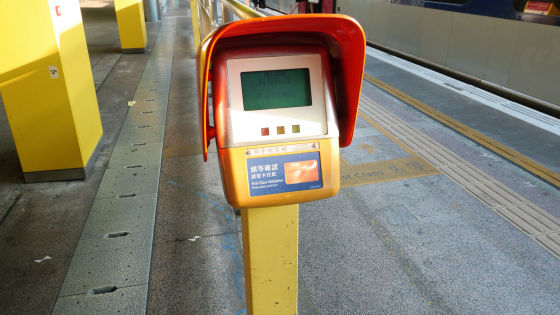
That's why I head to Shenzhen leisurely while shaking in the second class seat.
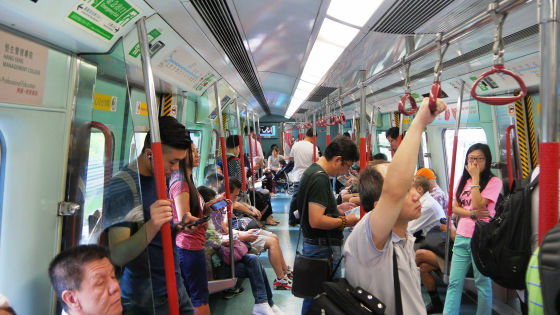
There are two types, one for Luohu and the other for Ochimasu, so be sure to confirm that you are going to Luohu before boarding so that you do not make a mistake. If you neglect to check, you will end up getting off the train like this.
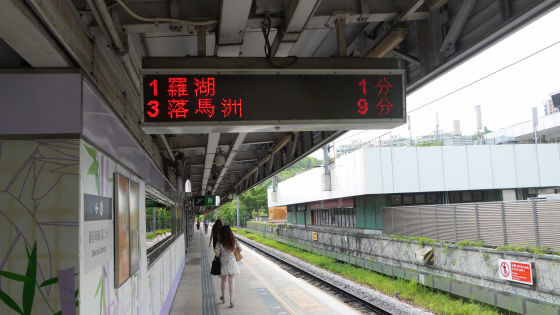
Arrived at Luohu Station.
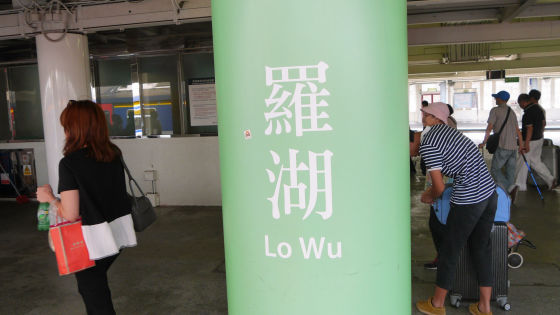
Not only tourists but also people with large luggage can be seen. Although it is necessary to go through immigration between Hong Kong and Shenzhen, it is a neighboring town, so you can see that there is a lot of traffic between Chinese and Hong Kongers on a daily basis.
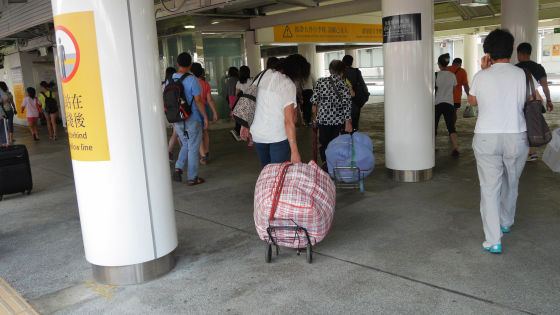
Start walking toward the immigration.
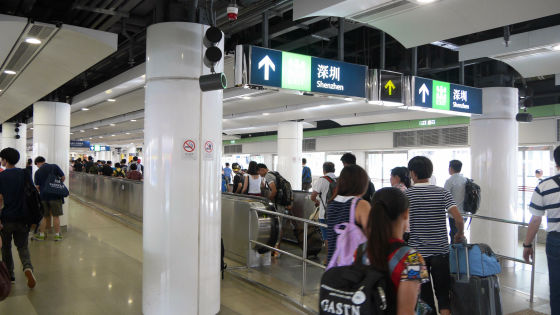
It looks like an airport, but it's a railway station.
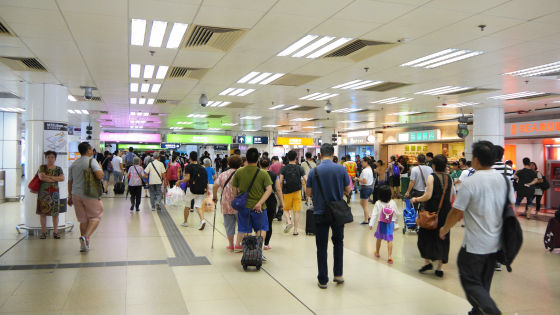
Since there are bank ATMs in both Hong Kong and China, it is possible to exchange Hong Kong dollars and RMB.
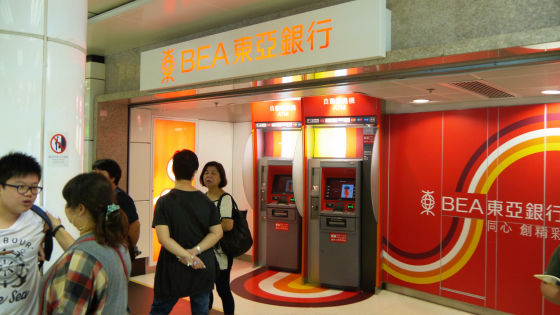
Purple is the line of tourists to China returning from Hong Kong, and green is the line of people living in Hong Kong.
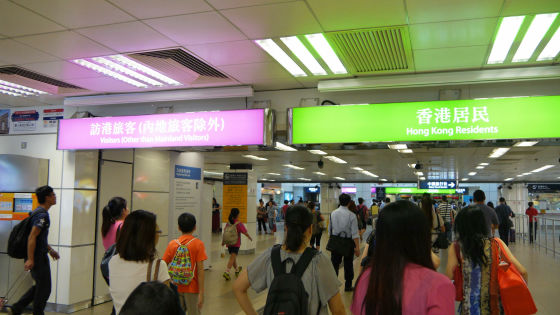
I'm a tourist to Hong Kong so I'm heading to the orange line.
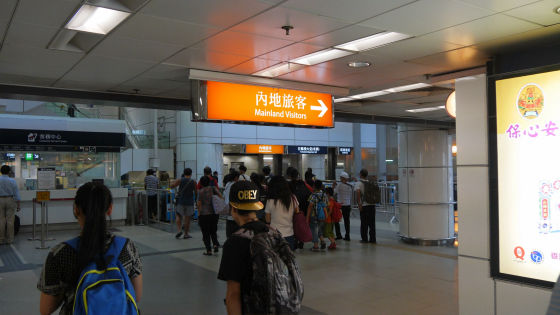
After that, you can submit the entry / exit card, show your passport, pass your baggage through the metal detector, and follow the same procedure as at the airport. Japanese do not need a visa to stay in China within 15 days. Compared to the departure procedure on the Hong Kong side, the entry procedure on the Chinese side was more tense.

After the mysterious experience of walking through the immigration, I entered the Shenzhen / Luohu district.

First, take the subway.
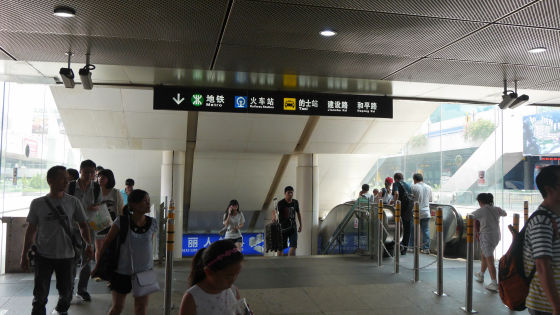
There is a China Mobile counter before heading to the subway station, so you can get a prepaid SIM card and secure a mobile line.
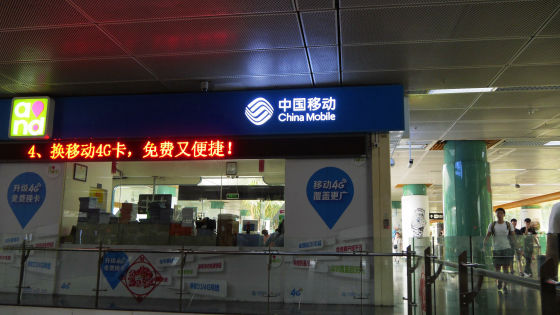
The destination is the fifth 'Huaqiang Road' station on Line 1, and the fare from Luohu Station is 3 yuan (about 60 yen).
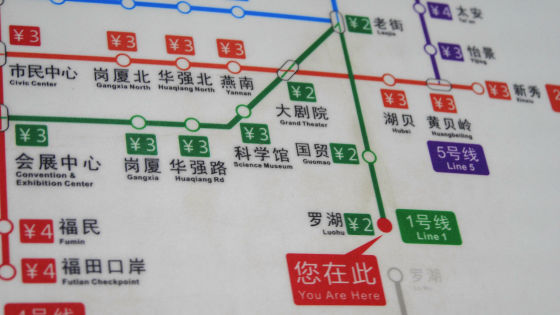
Buy tokens at the ticket office. As for banknotes, small banknotes of RMB 5 or less could not be used.
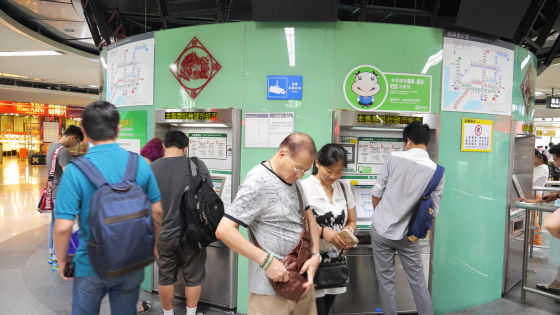
The token looks like this.
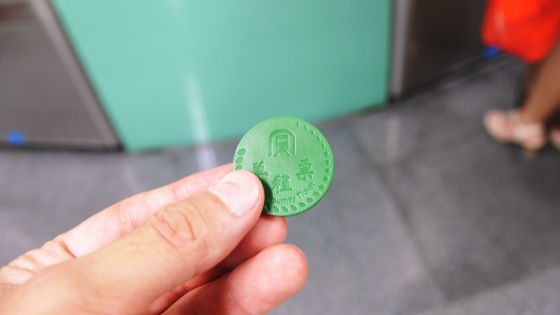
If you pass the baggage inspection line before the ticket gate, which is unique to China, you can use the automatic ticket gate ...
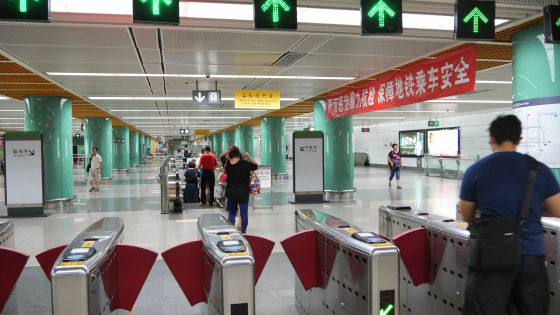
Touch the token to open the ticket gate. When getting off, you can put the token in the coin slot at the ticket gate.
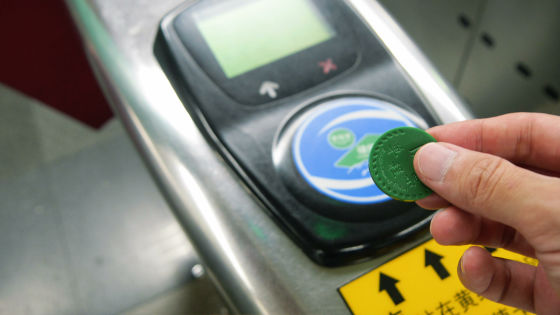
There are multiple floors of the subway, but the platform for Huaqiang Road is the floor immediately after getting off the ticket gate.

The route map looks like this. A railway network is steadily being built in the rapidly growing Shenzhen.
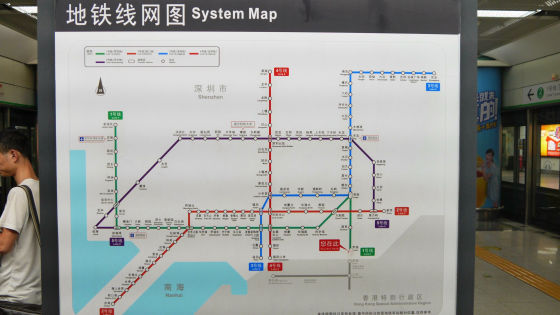
'Luohu' station is the first train, so it is vacant.
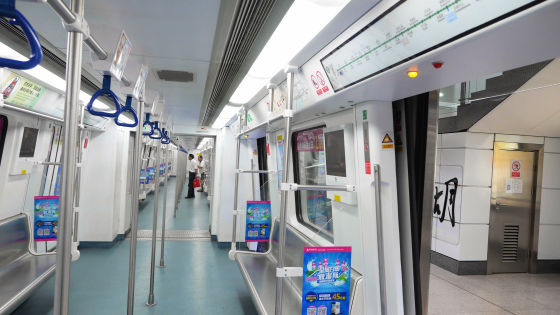
The sheet is made of metal and is quite slippery.
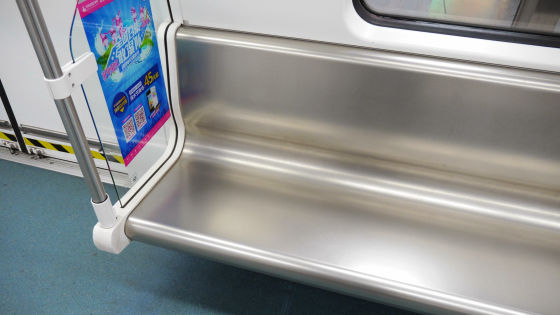
Arrived at Huaqiang Road Station in about 15 minutes.
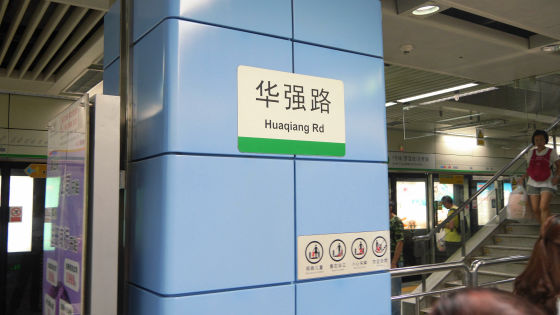
Take Exit A to the ground.
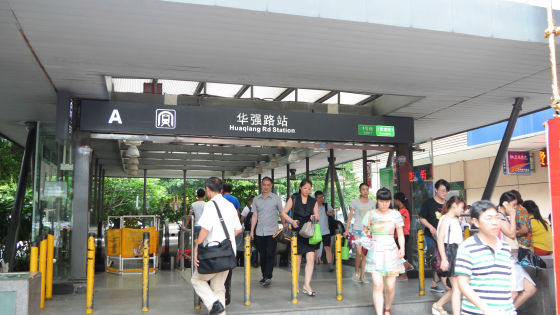
When you go out to the ground, there is a main street called Huaqiang North Road on the south side, but the huge cyber zone called 'Huaqiangbei' is located in the area north of Huaqiang North Road, especially in the center of Huaqiang North Road. There are many cyber buildings on both sides.
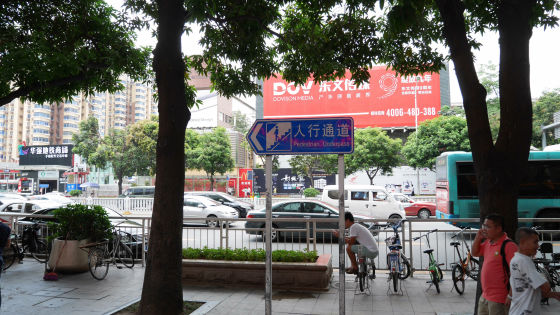
◆ What is Huaqiang North Cyber Building?
Before heading to the cyber buildings, I rushed into the building 'Huaqiang Electronic World', which is right after I went out to the ground.
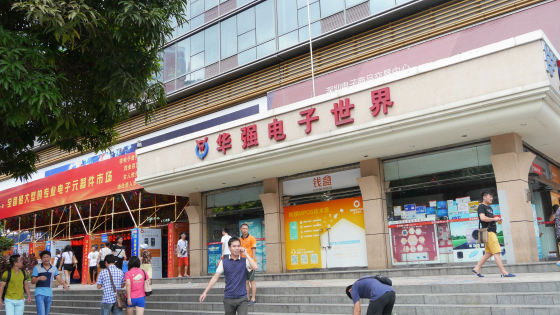
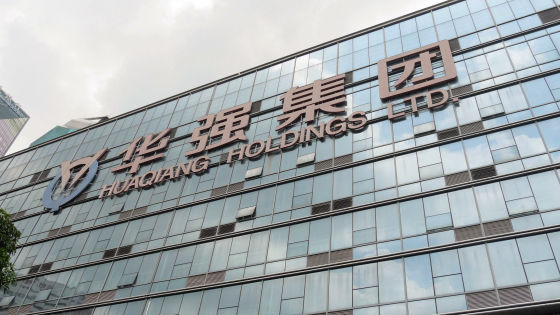
You can see what the inside of Huaqiang Electronic World is like by watching the following movie.
In Huaqiang Electronic World, there were shops selling electronic parts on the 1st and 2nd floors.

Parts for USB terminal and SD card slot.
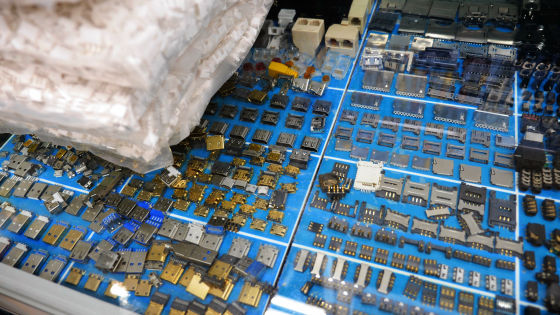
Capacitors, coils, etc.
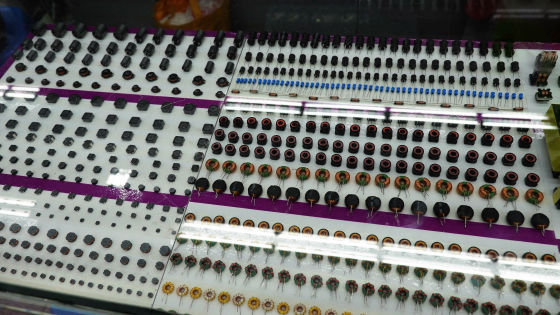
The Huaqiang Electronic World, packed with an incredible number of shops, is a symbol of the general cyber building in Huaqiang North. There were countless shops in the building, which was so huge that it would be dark if I wanted to look around all the shops. Considering that all of these stores have been established as businesses, there is no doubt that you will be shocked by the overwhelming scale of Akihabara and other places. And there are buildings like Huaqiang Electronic World here and there in Huaqiang North, the world's largest cyber area.
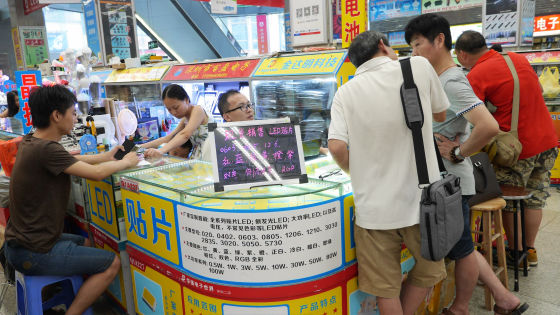
◆ Assault on the Chinese smartphone market
The towering building is the 'Korakuba'. The starting point from the south side of the Dennou Buildings is this 赛 哛 广 广 幕 幛 广 幕 幛.
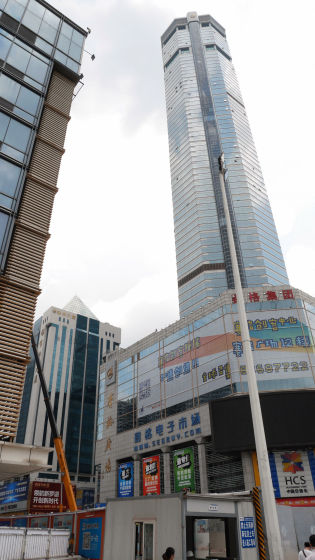
As of July 2015, Huaqiang North Road was under construction on a large scale.
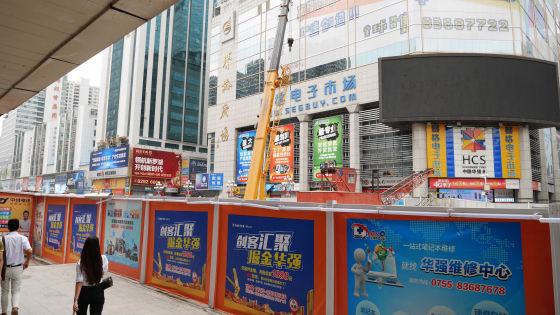
First, from the west side of Huaqiang North Road. Roadside stores selling smartphones are lined up here.
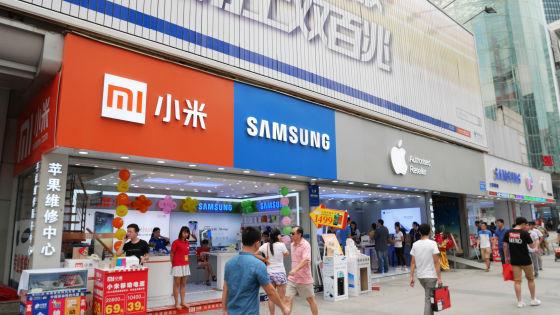
Chinese smartphones such as Xiaomi (small rice technology) and Huawei, which have the momentum to drop flying birds, are awkward.
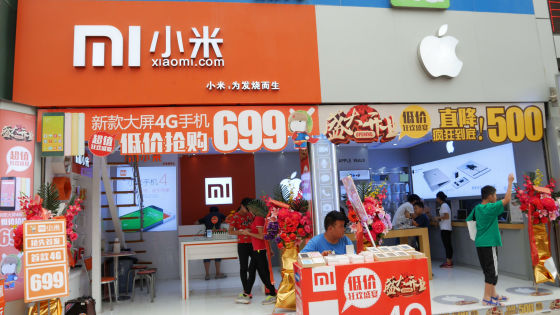
In front of the store, it is characteristic that many stores take a strategy to attract customers by using the special sale of Xiaomi's mobile battery 'Mi Power Bank' as food.
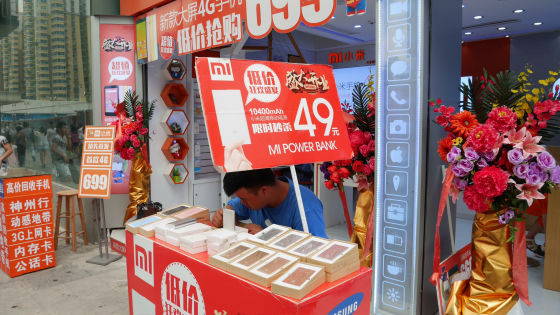
Xiaomi's flagship '
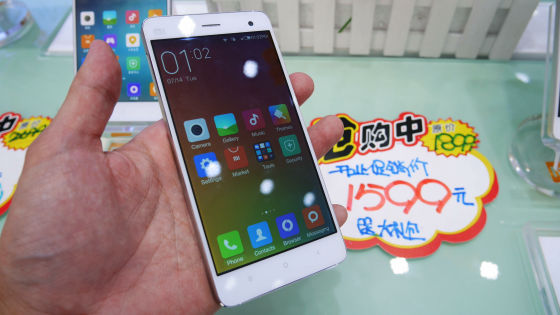
The Huawei '
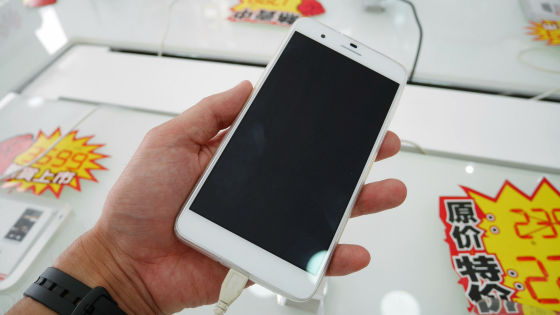
A store specializing in the original 'Chinese smartphone male',
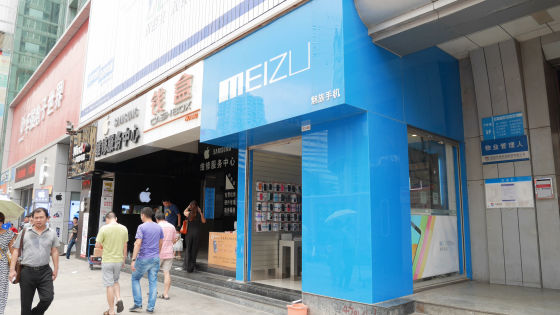
The actual model of the flagship model '
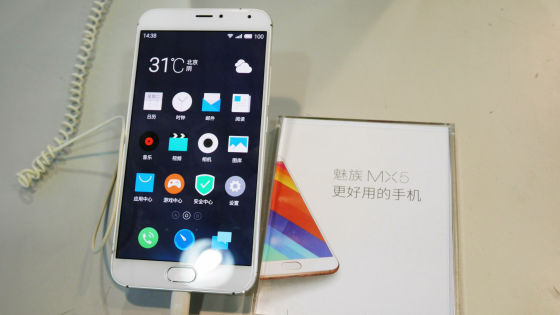
The MX5 with a 5.5 inch full HD display weighs 149g, but it feels lighter than the numbers. The home button is equipped with fingerprint authentication.
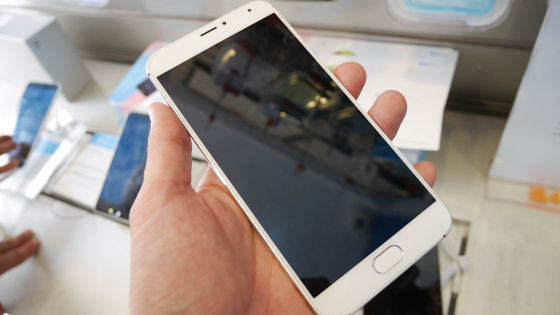
The back looks like this. The rear camera has 20.7 million pixels.

It is slightly larger than the previous model MX4 (right). In addition, the new model MX5 is sold out immediately after arrival at all stores, and the next arrival time is undecided.

This is Vivo's '
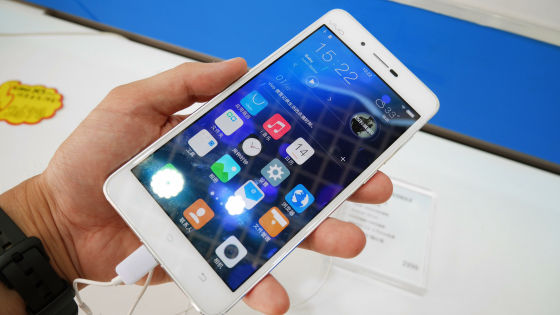
The model featured in the following articles.

After all it is thin.
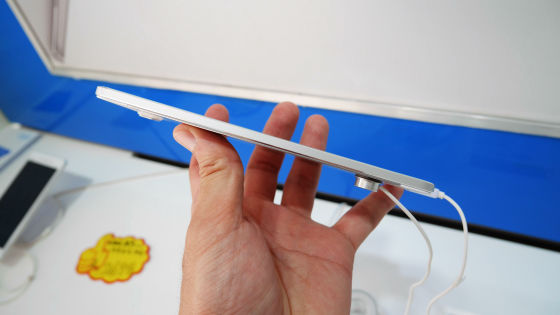
However, when I actually bring it, I do not say that it is too thin and it hurts my hands, and the intense thinness creates overwhelming stylishness. There is certainly a beauty that is strangely convincing that some people choose this thinness even if they throw away the battery life.

Oppo's '
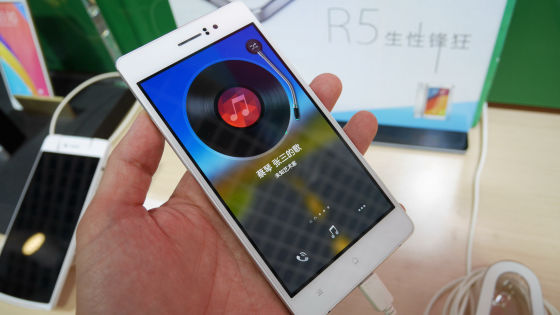
The design of the smartphone, which looks like a weapon that can be inserted into a watermelon, is still attractive.
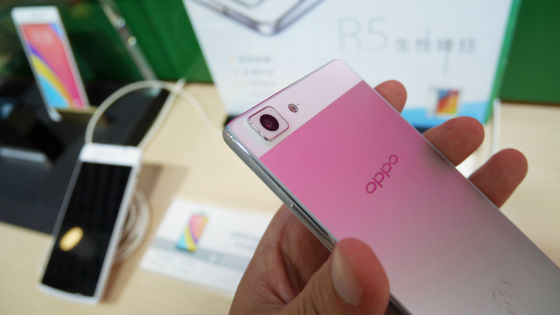
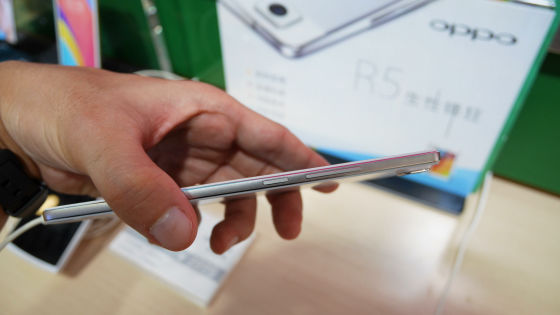
◆ Cyber buildings on the east side of Huaqiang North Road
Moved to the east side following the smartphone shop on the west side of Huaqiang North Road. Let's take a look at the masterpieces of cyber buildings that last nearly 800 meters.
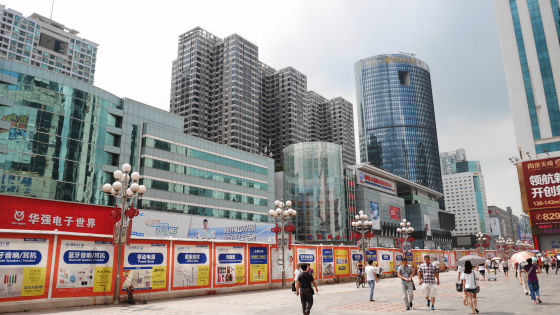
You can see how long the group of cyber buildings extending northward on the west side of Huaqiang North Road is in a row by watching the fast-forward movie below.
There were often smartphone shops on the first floor of the Dennou Building.
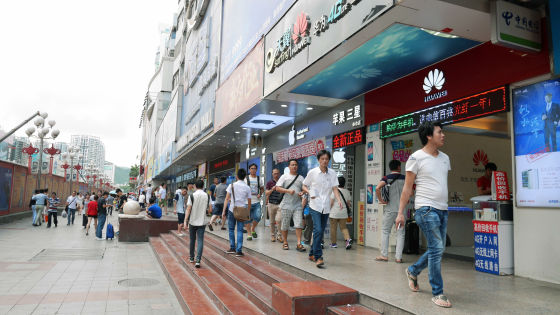
On the other hand, a simple tent stall ...
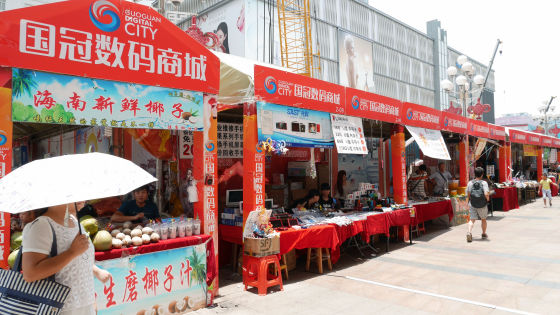
There are a wide variety of store formats, including endlessly huge buildings.

There are also ATMs that are open 24 hours a day in some places.
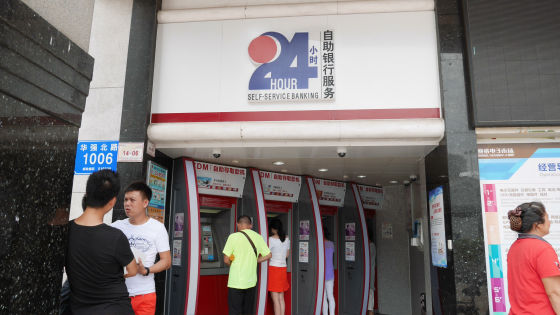
A group of buildings and countless stores that continue no matter how far you walk. However, there are some stores that are preparing to open a new store. The huge cyber market seems to be expanding.
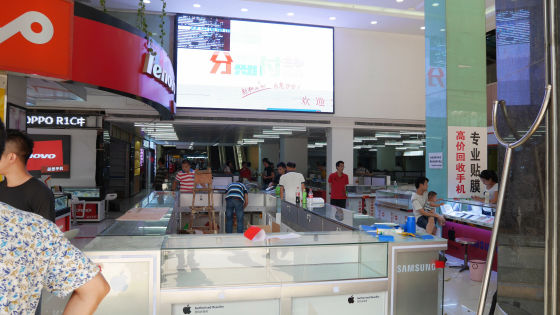
If you walk for about 15 minutes and see the Pavilion Hotel, you are at the northern end of the Dennou Buildings.
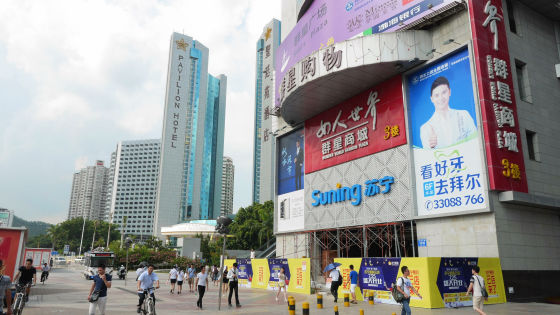
◆ What is inside the Dennou Building
Many cyber buildings. What's happening inside is that many buildings are a collection of small shops. However, there are some huge stores with stairwells.
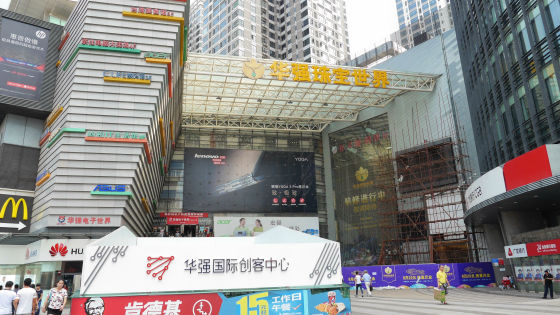
For example, in a certain building, go up the G floor (1st floor) and the 1st floor (actually the 2nd floor) looks like this.

Small booths are crowded together, and various items such as electronic parts and notebook PCs are sold.
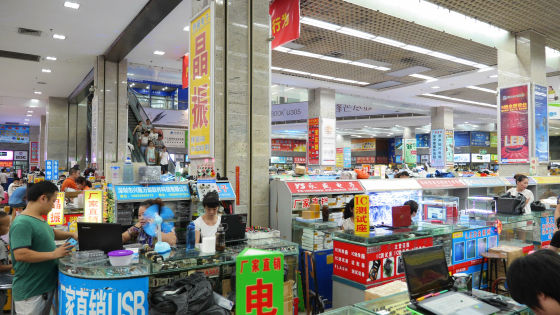
Cardboard boxes are often randomly placed in the aisles.
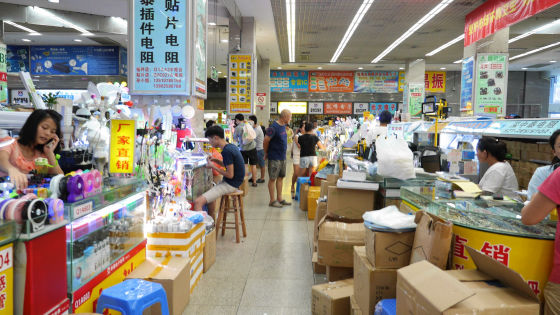
Looking down while climbing up the escalator, it looks like this.

The specific small shops look like this. A shop filled with counters with a large number of cables.
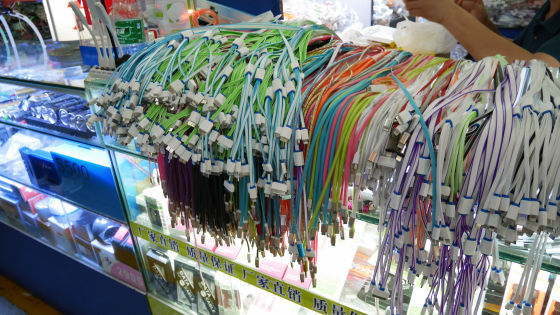
It looks like a universal type USB cable.
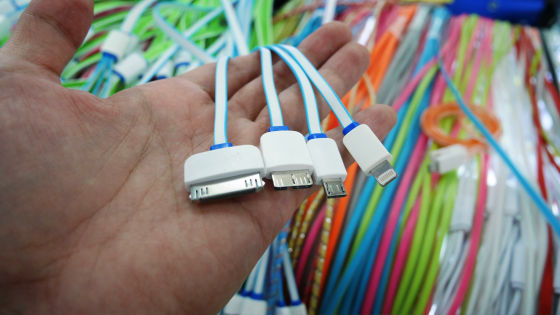
A store that sells LED lighting.

There are various light bulbs.
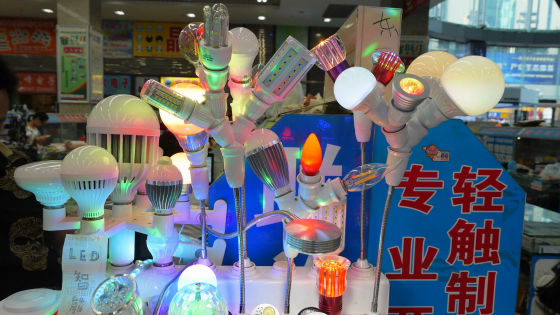
A large number of LED lights are also on display.

A store that sells in-vehicle cameras.
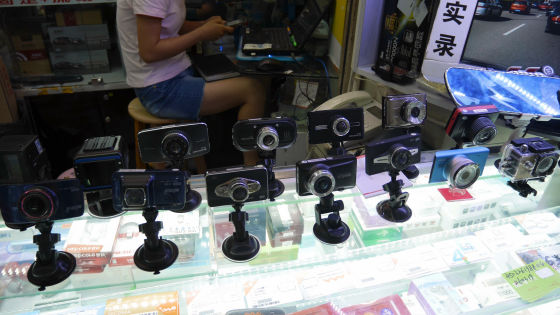
The image quality seems to be quite high.
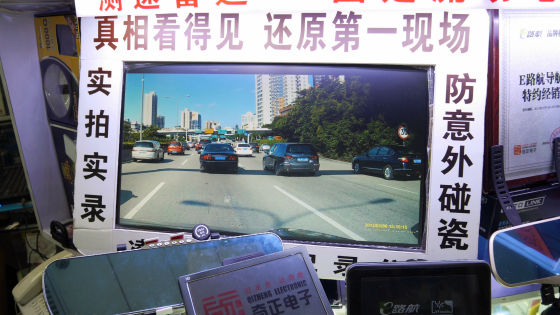
Some buildings only sell smartphone accessories.

Innumerable AC power supplies. Apparently, it looks like an equivalent of the genuine iPhone adapter.

USB cable.

Replacement LCD display for iPhone.

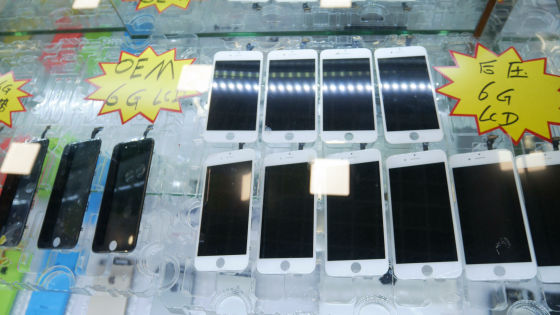
Also available for iPad.
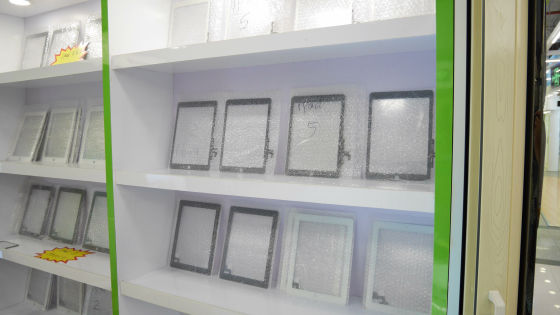
iPhone housing.
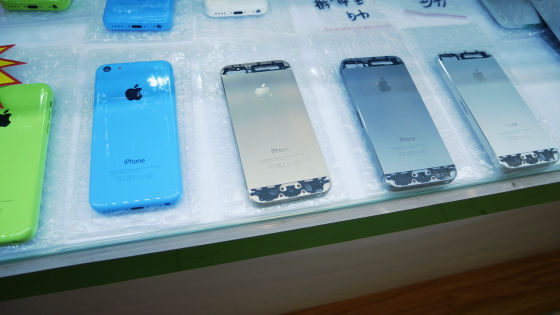
It is certain that it is not a genuine Apple product, but it is quite accurate. An attractive color variation.
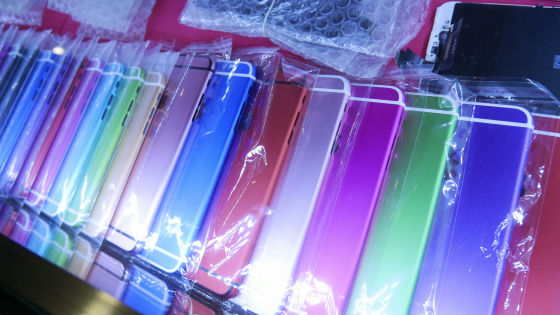
This is a glass film for smartphones.
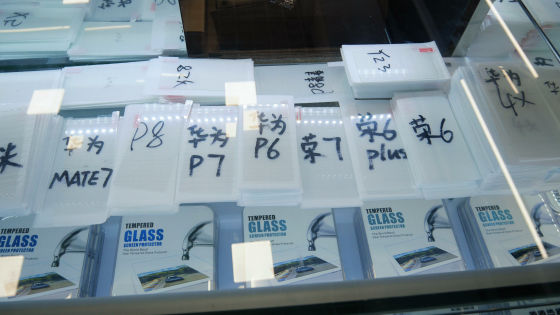
A selfie stick that became a big boom.
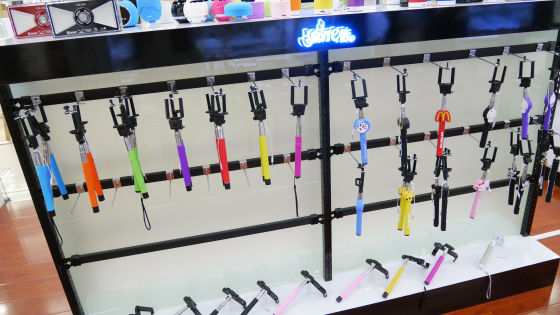
Of course, smartphones such as iPhone and Xiaomi are also sold in large quantities. However, it is uncertain whether it is genuine or not.
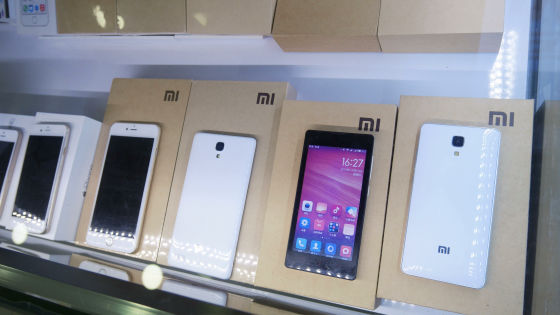
Nexus 5 with a plated logo on the back.
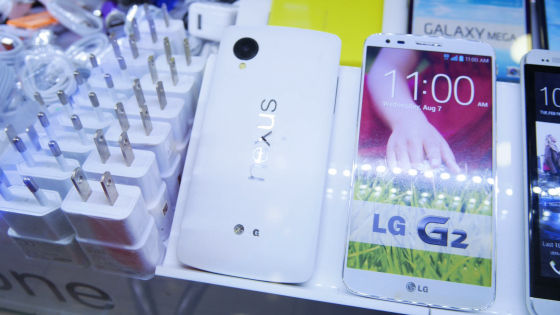
I found a strange thing in the feature phone.
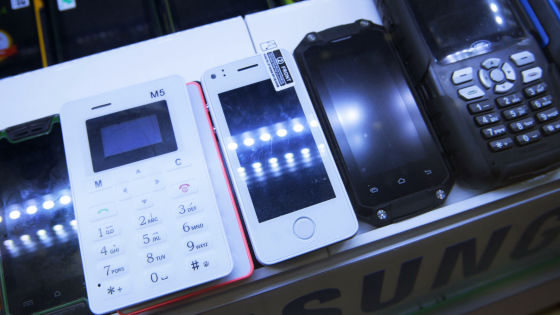
Super compact iPhone.
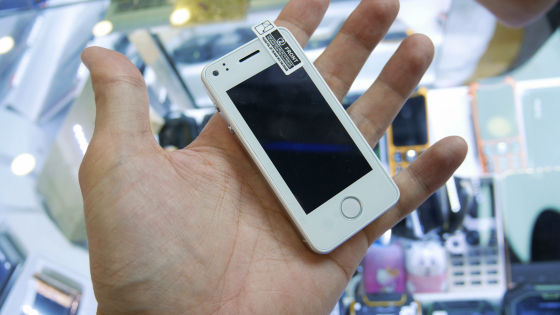
It is a GSM (2G) feature phone.
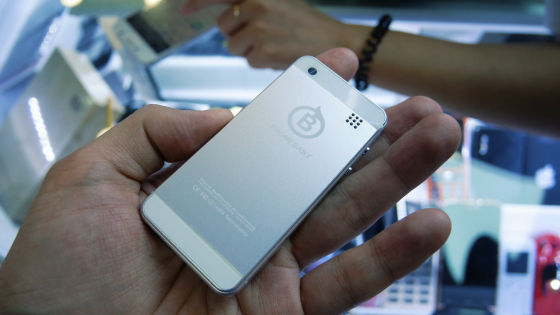
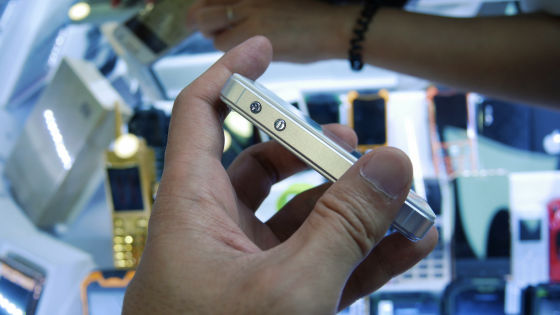
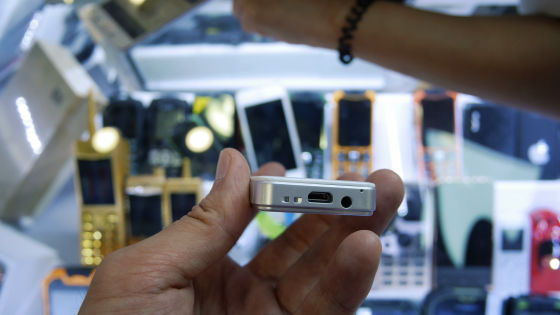
The UI is also iOS-like. The price is 200 yuan (about 4000 yen).
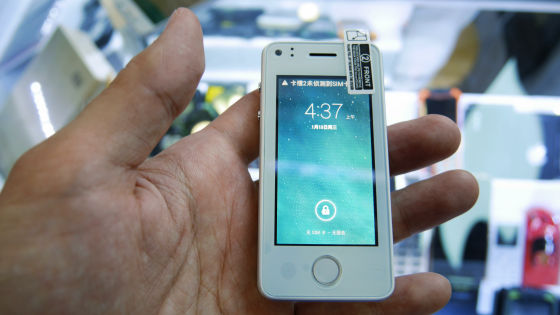
An electone that produces a decent sound quality due to its thinness. This shop costs 150 yuan (about 3000 yen). It is strange that the exact same thing is sold for 300 yuan (about 6000 yen) around the station.
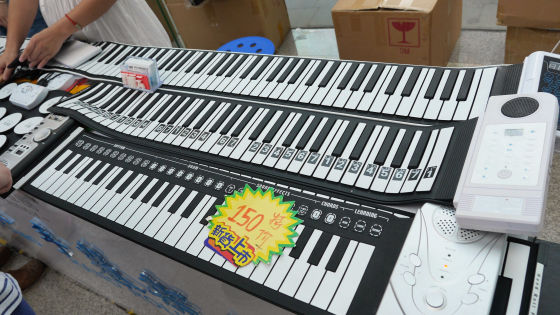
Rumba-like is also cheaper than 20,000 yen.
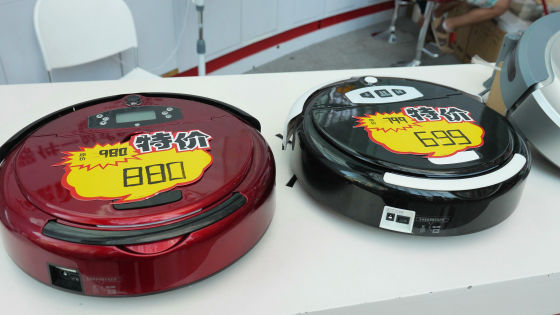
Various other drones were on sale.

A small drone with a design that is as good as the Chinese manufacturer DJI starts at 198 yuan (about 4000 yen).
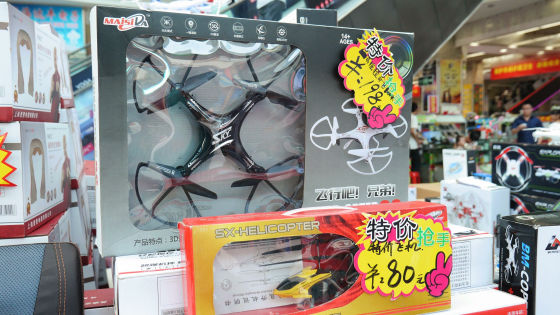
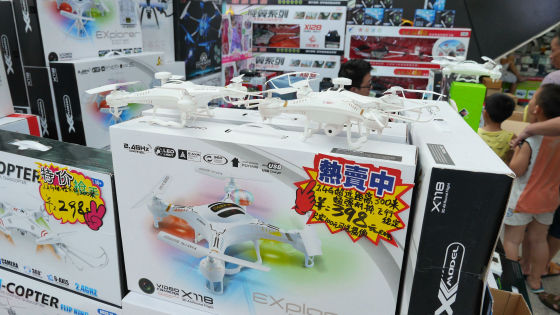
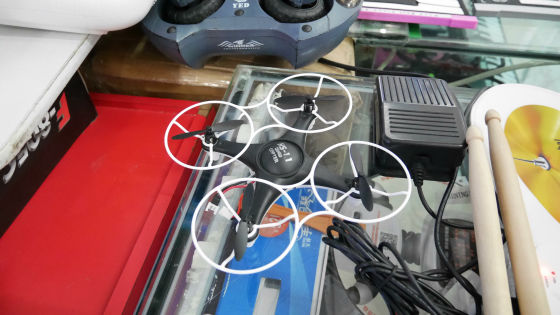

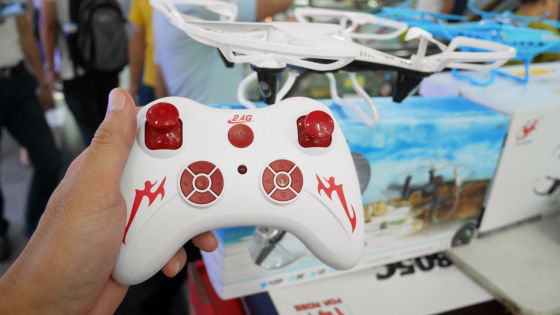
There was also a full-scale model that could perform FPV (First Person Viewing).

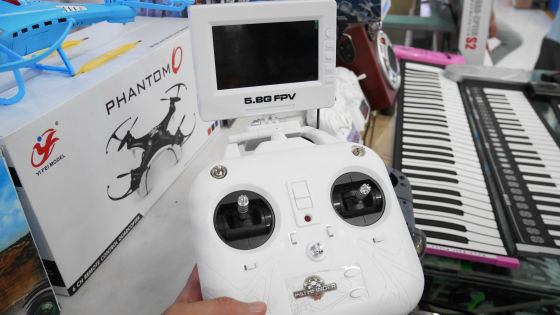
A store that sells original carbon parts drones.
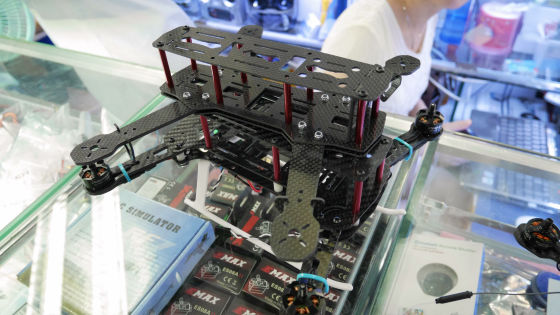
When I asked for the price, I was offered a crazy price of 1900 yuan (about 38,000 yen).
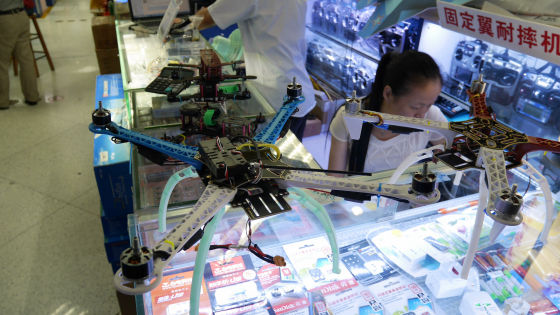
Many stores sell smart watches.
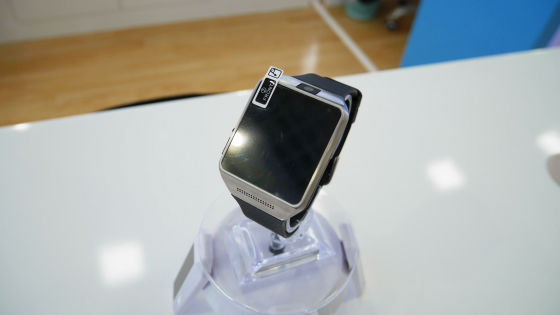
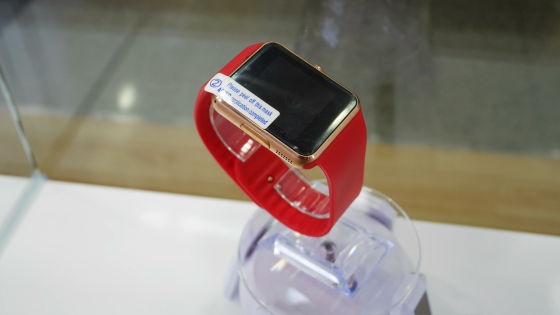
Apple Watch-like design.

There is also a model with a camera.
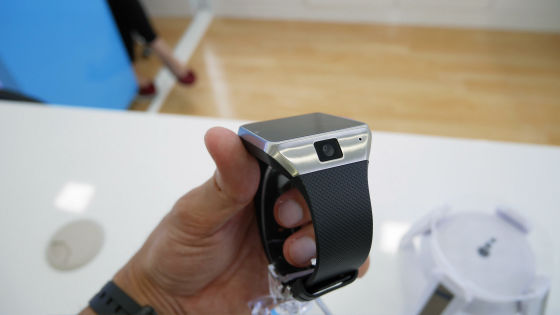
I found a lot of GoPro-like things.

At this store ...
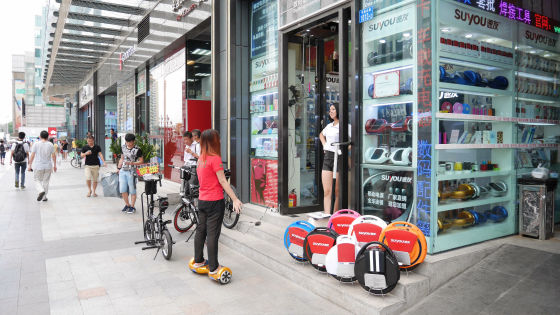
I was selling a mysterious electric vehicle.
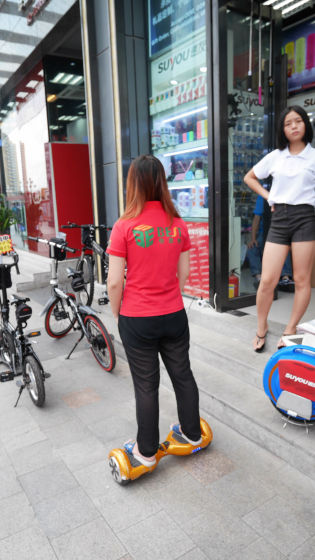
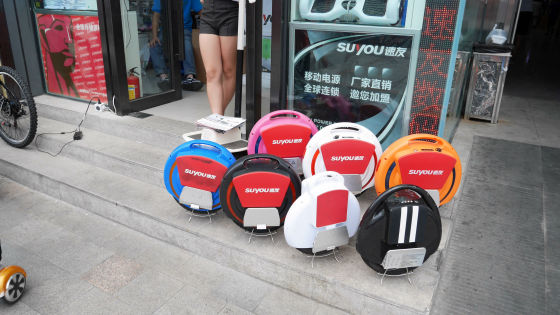
◆ Chinese smartphone
In a certain cyber building, there was a shop with a messy booth.
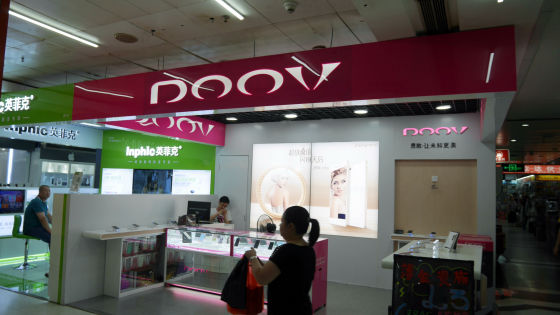
A brand called '
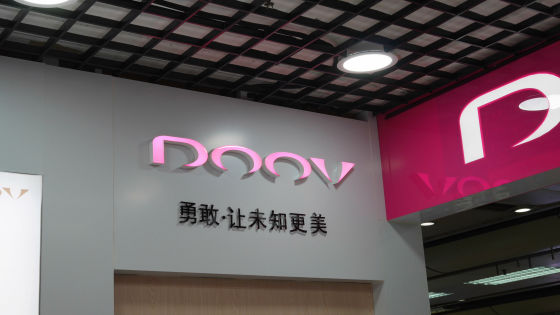
It looks like a cosmetics booth, but it's a smartphone maker.
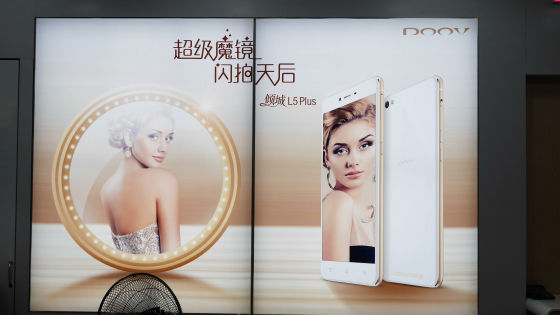
It's like a smartphone targeted at women.
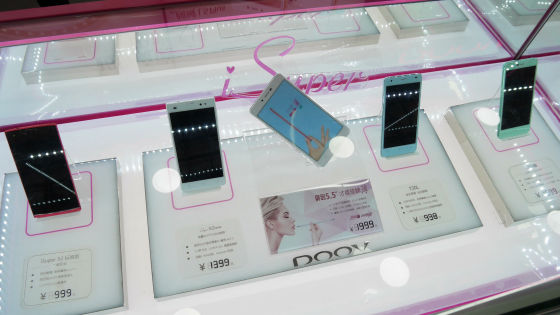
This is a model called '
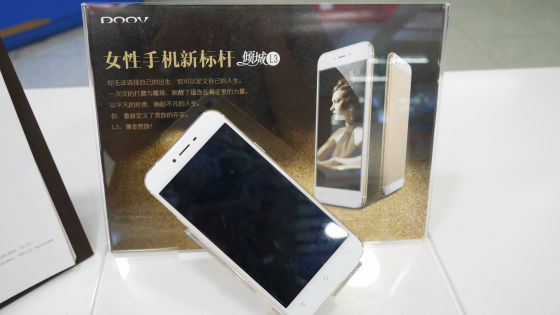
Amazingly similar to the iPhone 6.

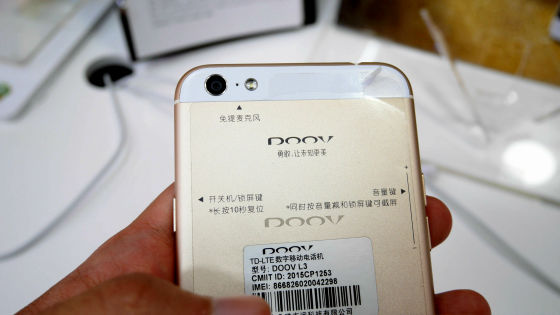
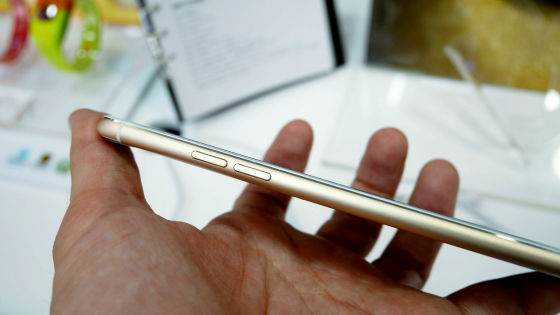
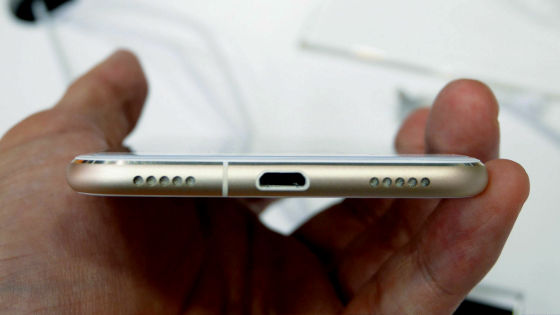
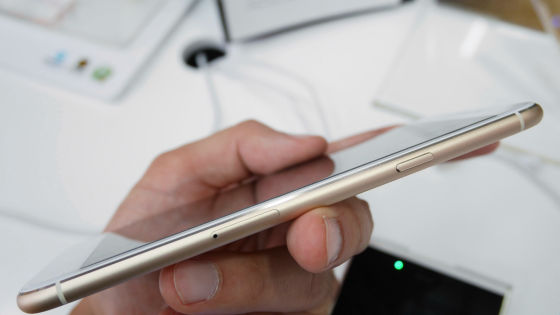
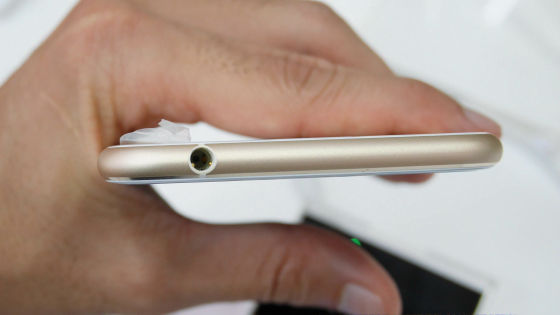
The model called '

The origin of 'reverse customer' is this 13-megapixel rear camera.

It transforms into a front camera like this.
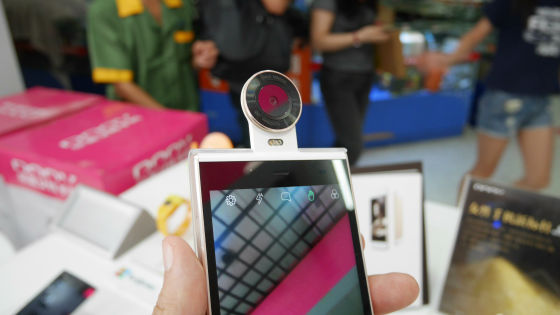
This is a maker called '
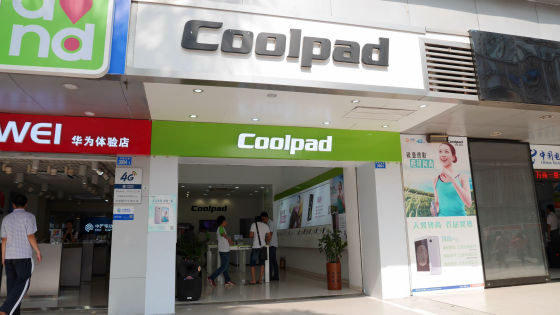
A model called X7. The SoC is a Snapdragon 801 with 2GB memory, a 13-megapixel rear camera and a 5.2-inch (1920 x 1080) liquid crystal display.
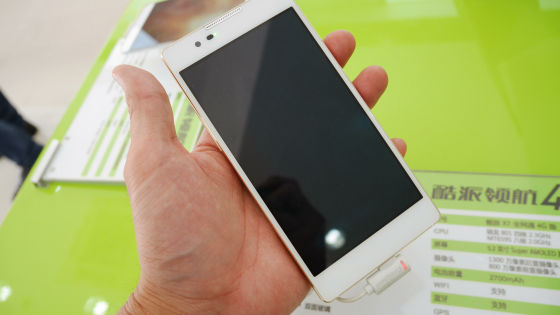
The impression is that the price of 1699 yuan (about 34,000 yen) with high performance and design is well organized. However, high performance is natural in this price range, and it seems that it can not be a popular model without other features such as design and camera performance.
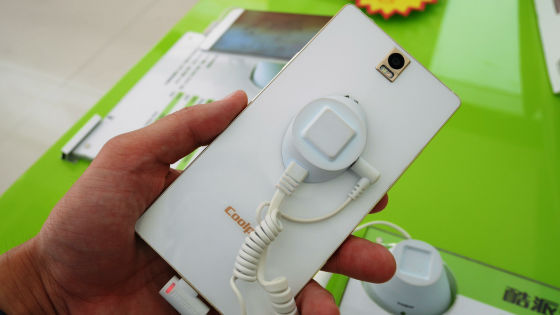
A large Meizu shop in the building farthest from Huaqiang Road.
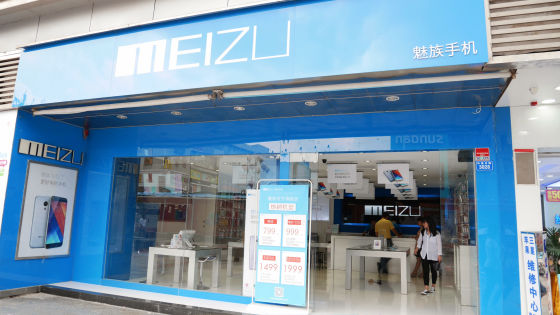
Again, the flagship model MX5 is out of stock.

The clerk said, 'The price of the previous model MX4 has been reduced to 1499 yuan (about 30,000 yen), so how about it?' No matter what you ask, the answer is perfect. I was a little impressed by the polite response in the Chinese shop, where it is natural for some clerk to abandon customer service in English. I instinctively said 'Please do this'.
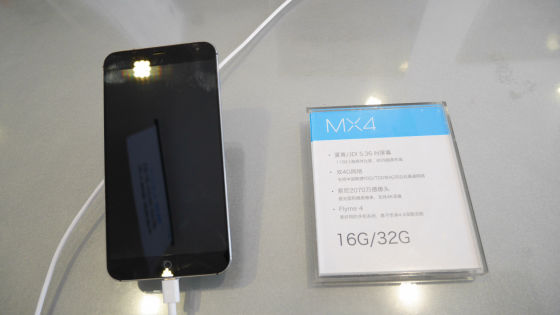
From the package brought from under the counter ...
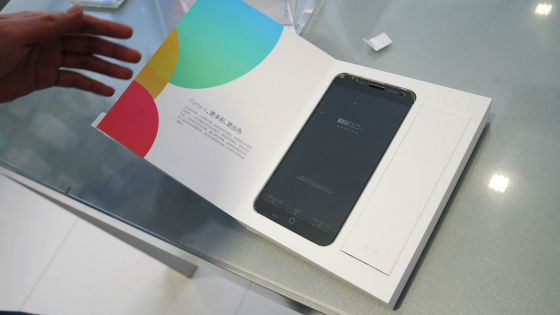
Check the actual machine. There is no problem in operation.

In addition, he gave a lecture on how to use it, saying, 'Please give me 3 minutes to explain.' I heard that this Meizu official shop is the flagship shop in Shenzhen. No wonder the quality of the reception.
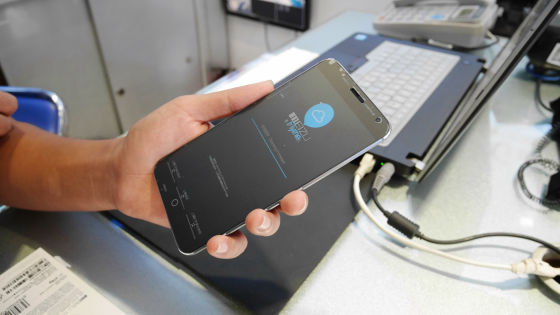
I asked about the arrival time of MX5, but it is completely undecided because the production can not catch up. As of July 2015, the most popular smartphone in Shenzhen, China, seems to be the Meizu MX5.

Huaqiang North Road, a cyber town in China, was a huge world where I had no idea how long it would take to go around all the buildings on a nonstandard scale. The chaotic market of cobblestones, including PCs, smartphones, hobby and home appliances, has become a fascinating world worth seeing.
Related Posts:
in Video, Hardware, Smartphone, Coverage, Posted by darkhorse_log







